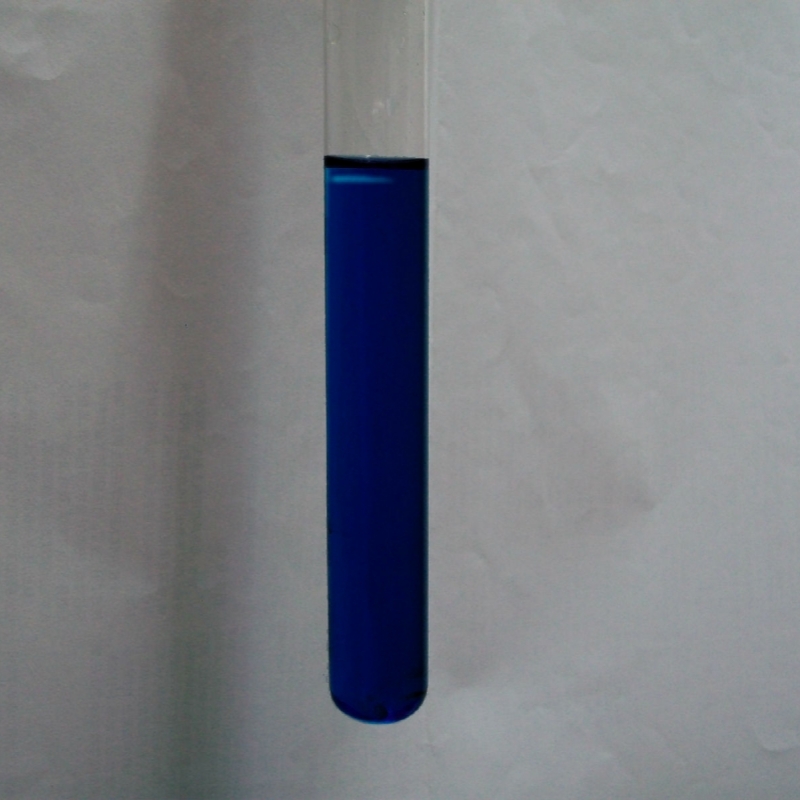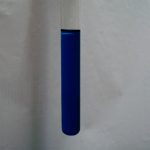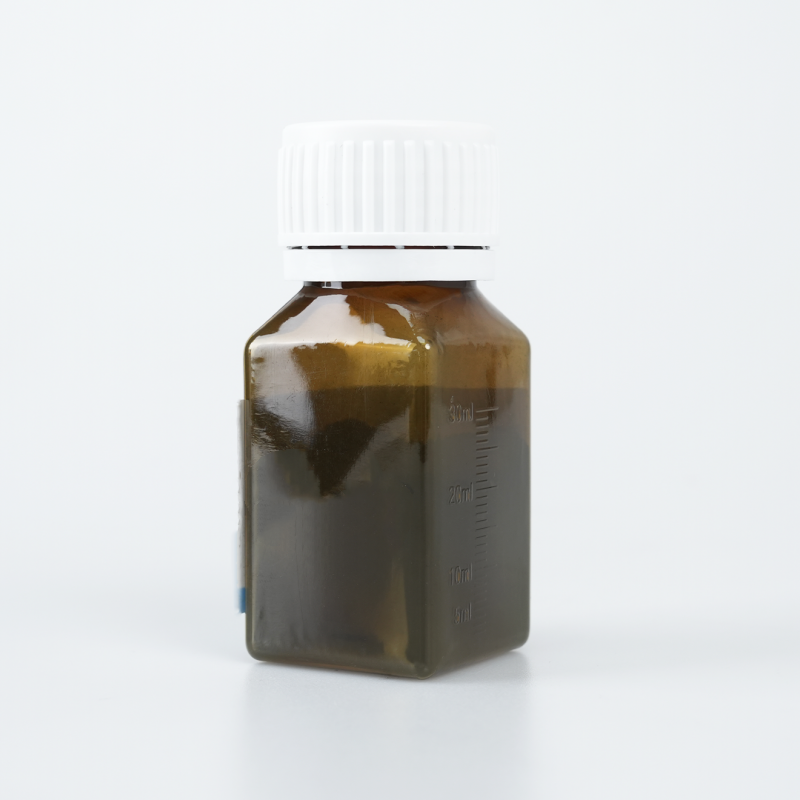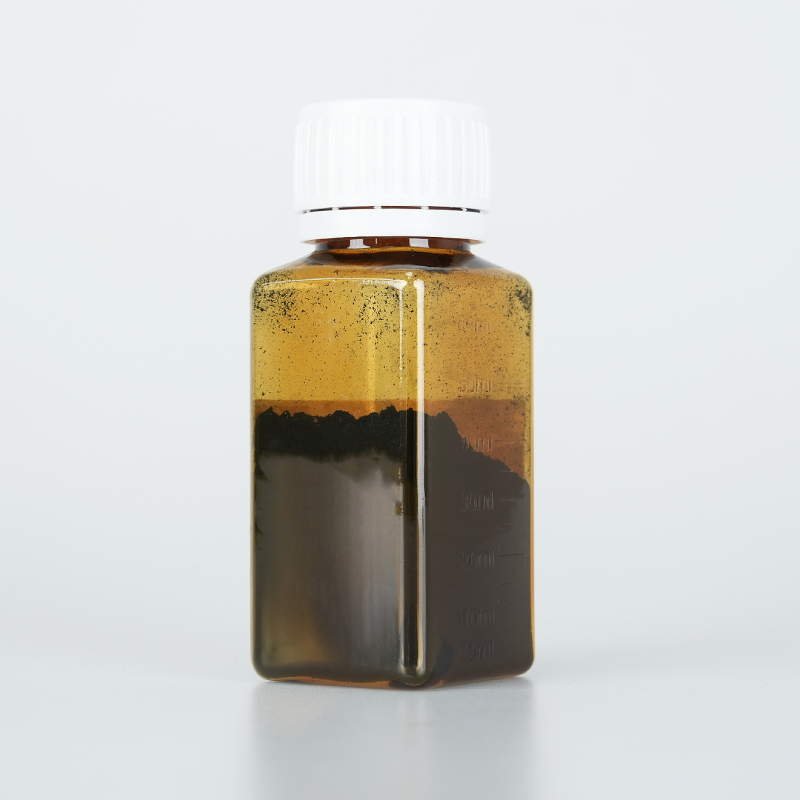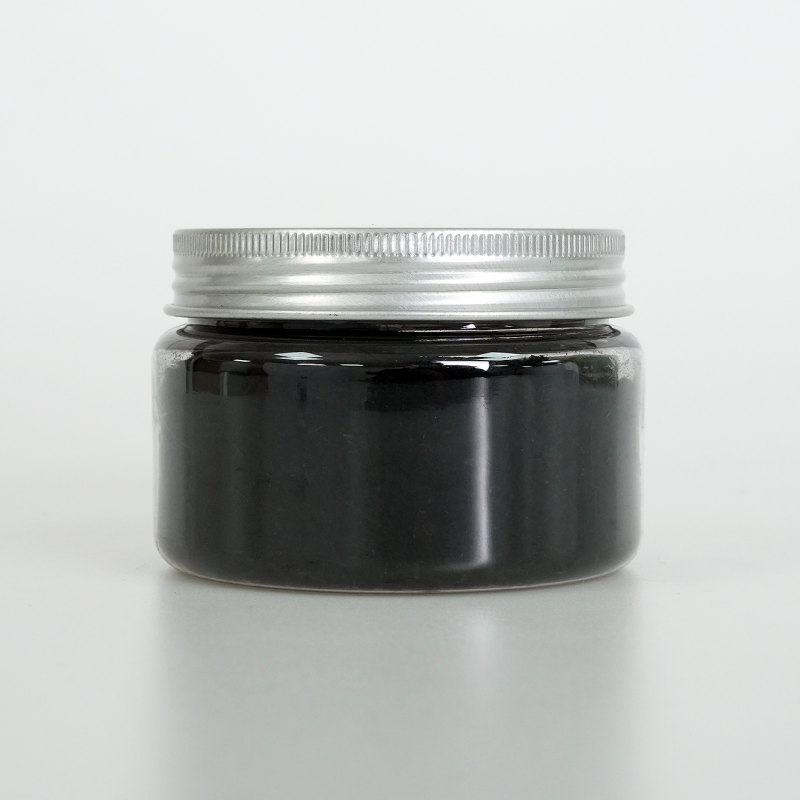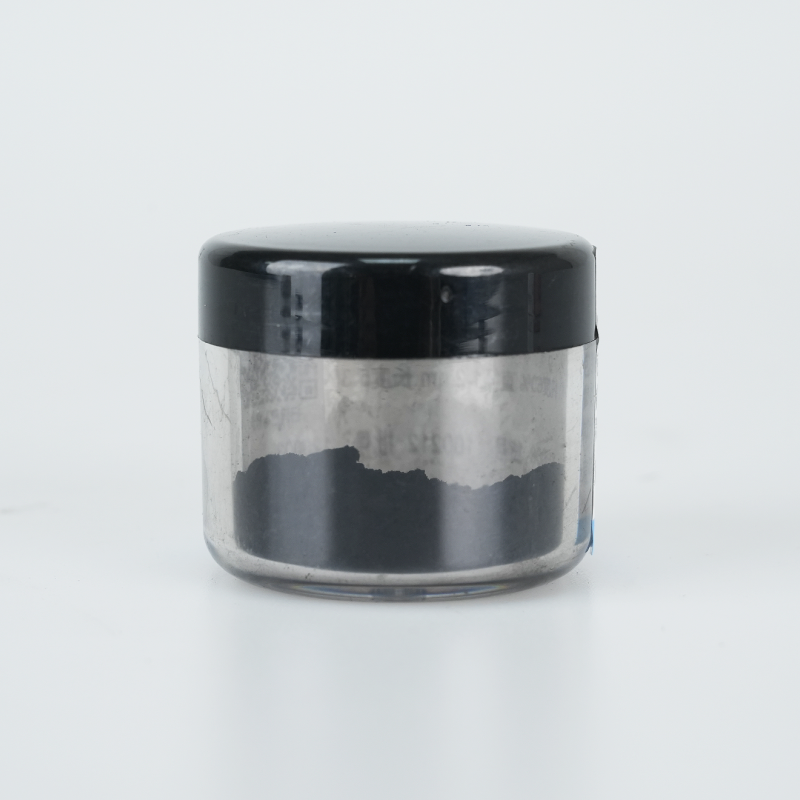Carboxylated hollow Prussian Blue nanoparticles provide optimized surface functionality, superior ion exchange efficiency, and enhanced electrochemical stability. Designed for biomedical and environmental applications, they ensure precise pollutant adsorption, extended durability, and high adaptability.
Product Overview
Carboxylated Hollow Prussian Blue Nanoparticles are hollow Prussian Blue nanomaterials modified with carboxyl groups, offering unique structure and multifunctionality. Prussian Blue itself possesses detoxification properties, making it effective in treating metal poisoning. After carboxylation, these nanoparticles not only function as drug carriers but also exhibit photothermal conversion and enzymatic activities. Their excellent biocompatibility and diverse range of applications make them a promising material in biomedical fields.
Key Features
- Good Dispersion: Thanks to the amphiphilic nature of PVP, carboxylated Prussian Blue nanoparticles are well-dispersed in water, ensuring stability across various solutions.
- Excellent Drug Loading Capacity: The hollow structure provides a large surface area and pore volume, enabling efficient loading of drugs, genes, and other small molecules, making it ideal for drug delivery and targeted therapy.
- Multiple Nanocatalytic Activities: These nanoparticles possess peroxidase (POD), superoxide dismutase (SOD), and catalase (CAT) activities, enabling them to decompose hydrogen peroxide (H₂O₂), scavenge free radicals, alleviate inflammation, and enhance tumor treatment.
- Outstanding Photothermal Conversion Efficiency: They exhibit strong light absorption around 808 nm, allowing them to convert light energy into heat for tumor photothermal therapy, while also enhancing the catalytic activity of nanocatalysts.
Applications
- Drug Loading and Targeted Delivery: The unique hollow structure allows for high drug loading efficiency and, through surface modification, enables targeted delivery, thus improving therapeutic outcomes while minimizing side effects.
- Photothermal Therapy: The nanoparticles’ light absorption properties make them ideal for photothermal therapy, effectively used for tumor ablation and localized heating treatments.
- Nanocatalytic Therapy: With various enzyme activities like POD, SOD, and CAT, these nanoparticles effectively neutralize free radicals, reduce oxidative stress and inflammation, and improve the tumor microenvironment.
- Biomedical Imaging: Carboxylated Prussian Blue nanoparticles are suitable for magnetic resonance imaging (MRI) and photoacoustic imaging (PA), and their surface modification and hollow structure further enhance their use in fluorescence and ultrasound imaging, offering powerful tools for disease diagnosis and monitoring.
| Item | Parameter |
| Diameter | 70-150 nm |
| Solvent | Water |
| Appearance | Blue liquid |
| Concentration | 1 mg/mL |
 new material
new material

